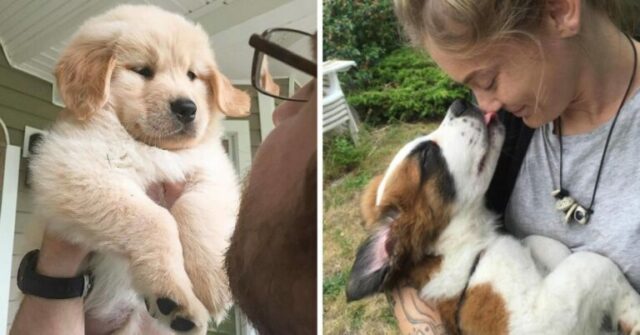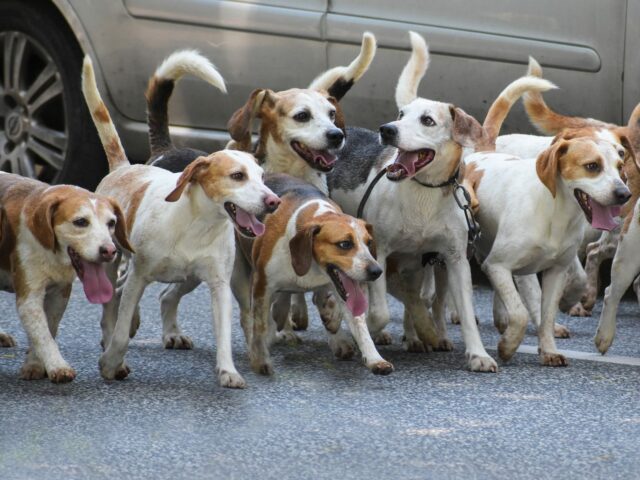According to a new study conducted at the University of Colorado show that some humans love dogs more than they love other fellow humans.
The research analyzed the attitude of humans towards the news and the subjects they care about, and it looks like individuals who read the news prefer dog-related content rather than human-related ones. The study also measured the subject’s level of anger and reaction towards news related to dog abuse.
Based on these premises, the researchers conducted another study to learn more about the reader’s behavior. 240 students were given articles with fake news about dog abuse and child abuse and their reactions were carefully analyzed.
A similar study was also conducted by a British charity, on the MSN website, in which they asked the respondents to choose from two different fundraisers to which they would donate money.
One asked for £5 for a sick child and the other one to help puppies in need. Both of the fundraiser’s had photos attached to the call for donations and the campaign featuring the puppies received 230 views, while the other one received only 111. In conclusion, people tend to take action when they recognize vulnerability and helplessness and empathize more with animals than with other human beings.
In 2018, a study published in the journal Scientific Reports found one reason we’re so attached to our dogs. According to the team, dogs make more facial movements when a human is paying attention to them.
The researchers used a video camera to record the facial movements of 24 dogs when there was either a human facing the animal, or facing away, with or without a treat.
It was previously thought that animal facial expressions were purely unconscious, but the study found that dogs raise their eyebrows and even make their eyes bigger when they are looking for attention from a person.
The presence of treats had no impact on the expressions the dogs made, suggesting it wasn’t about them turning on the charm to get extra snacks.
Instead, the researchers concluded it could be a route of communication between owner and pet.



















